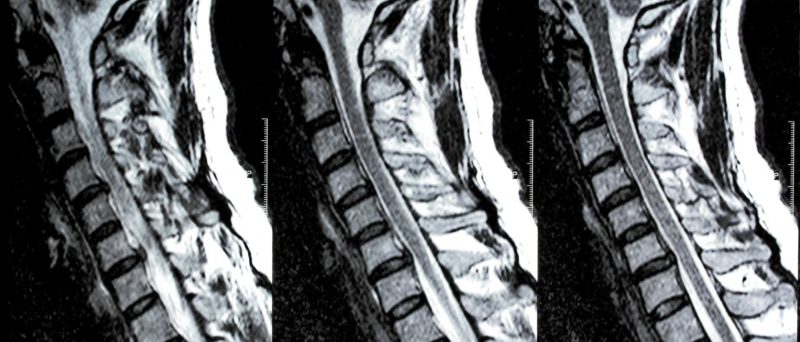3 Different Types of Spina Bifida
Category: Spine | Author: Stefano Sinicropi

Spina bifida is a condition that affects the embryonic neural tube that later becomes your spine. During normal growth, the neural tube develops early and closes by the 28th day after conception, but in babies with spina bifida, a portion of this tube fails to close properly. This can cause problems for both the spinal cord and the vertebrae. Thankfully, modern medicine is making it easier for doctors to treat spina bifida. Here’s a closer look at symptoms and management options for spina bifida.
Symptoms of Spina Bifida
Spina bifida can present itself in three different forms, which have varying degrees of severity.
- Spina Bifida Occulta – This is the mildest form of the condition. In spina bifida occulta, there develops a small separation or gap in one or more of the bones of spine’s vertebrae. In this type of spina bifida, the nerves typically remain unaffected, so many people don’t even know they have the condition unless it is caught on an X-ray. Sometimes a small collection of fat or an abnormal tuft of hair is present on a newborn’s skin just above the spina bifida occulta location, but again, since it isn’t symptomatic, it doesn’t call for treatment, only monitoring.
- Meningocele – This is a rare form of the condition where the protective membranes around the spinal cord (meninges) push out through the opening in the vertebrae. Fortunately, the spinal cord still develops normally, and these membranes can be surgically addressed with minor or no damage to the nerve pathways.
- Myelomeningocele – This is the most severe form of spina bifida, and usually when people use the term spina bifida, this is the type they are referring to. In this form, the infant’s spinal canal remains open along several vertebrae in the lower or middle back. This leads to the formation of a sac on the child’s back at birth. Sometimes skin covers the sac, but in other cases tissues and nerves are exposed, greatly increasing the risk of infection. The irregular development can also lead to paralysis, muscle weakness, bladder problems or scoliosis.
Spina Bifida Treatment Options
As we noted in the above description, spina bifida occulta rarely involves surgery, and for meningocele, surgery to address the nerves is usually performed with a rather routine procedure within 48 hours after birth. Performing the operation so close to birth can help reduce the risk of infection and can help protect the spinal cord from additional trauma.
For cases of myelomeningocele, prenatal surgery may be an option. In this scenario, which typically occurs before the 26th week of surgery, doctors will expose a pregnant mother’s uterus surgically and repair the spinal cord. Because nerve function in babies with spina bifida can rapidly decline after birth, proponents of the operation say it can help reduce the need for crutches or other walking devices down the road. Obviously, the operation carries other risks for both the uterus and the mother. But treatment doesn’t stop there. In babies with myelomeningocele, physical therapy begins early, and future surgeries may be needed as the child develops.